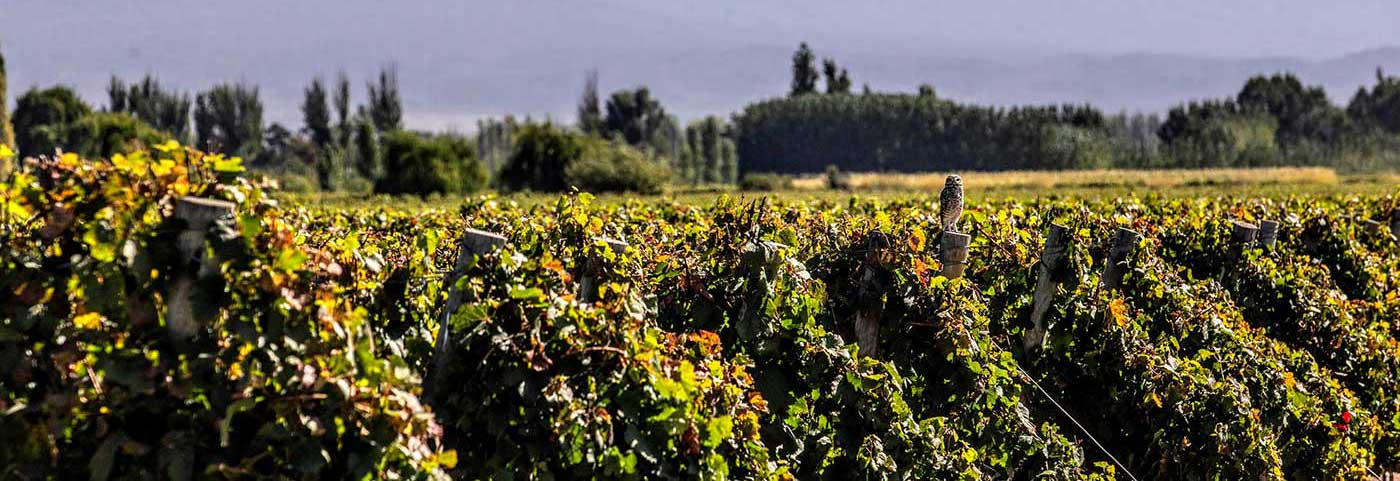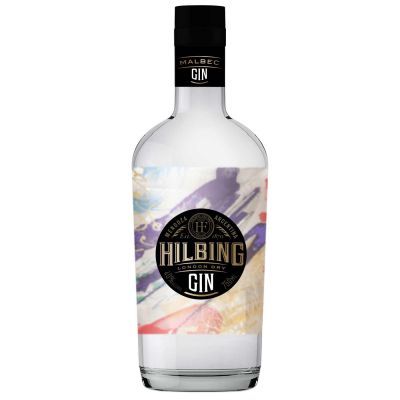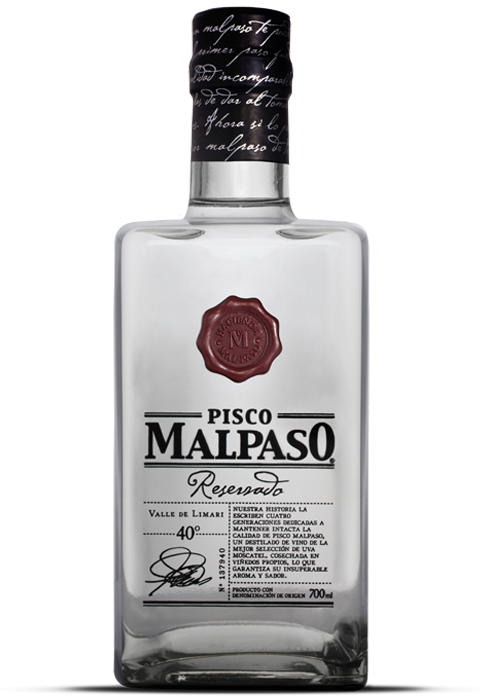Podium in world wine production:
According to data offered by the International Organisation of Vine and Wine at the end of 2021, Argentina has become the 6th wine producer (after Italy, Spain, France, USA and Australia), while Chile has moved to occupy the number 8 position in wine production at international level, as South Africa currently occupies the 7th position. Uruguay, although with growing numbers, does not reach the first 10 places in the ranking.
At what temperature should wines be served?
In order to enjoy it to the fullest, we recommend you drinking it at the right temperature:
✓ For white or rosé wines, we recommend a serving temperature from 8° to 12°C.
✓ For young or light red wines, from 12° to 15°C.
✓ For red wines with a long period of time in oak barrels, the serving temperature can vary between 14° and 18°C.
✓ For sparkling wine we recommend serving it between 7° and 9° C.
What is the advantage of drinking wines at the right temperature?
The serving temperature is important in order to maintain the balance between alcohol, freshness and structure of the wine in the mouth. It is also essential to preserve the aromatic complexity, in order to avoid some flavours being diminished by low temperature. Also a higher serving temperature increases the feeling of intense alcohol.
Remember that you should not always wait for a good moment to drink a wine. It is often the WINE that improves the moment.
What are the typical South American food pairings for Argentine, Chilean and Uruguayan wines?
Argentina is known worldwide for its beef production, so generally a Malbec from Argentina pairs wonderfully with a good grilled steak, or with the typical "asado", which is the traditional barbecue of this country.
In any case, more and more people are choosing not to eat meat in this country. Considering the great influence of Spanish and Italian food in Argentina, it is also very common to accompany red wines with pasta. More concentrated tomato sauces (such as tuco) go very well with a good Cabernet Sauvignon from Salta.
In Patagonia, it is traditional to pair fish and seafood dishes with delicious Patagonian Pinot Noir, as well as with Chardonnay. In that region and in Mendoza, there are delicious Chardonnay wines that have been aged for some time in oak barrels, so they are wines with more body and structure.
The custom of eating meat is not only Argentinean. Uruguay also eats excellent meat, which pairs very well with Uruguayan Tannat red wine, preferably those that have been aged in oak barrels.
Another Uruguayan dish par excellence is its famous "chivito", a sandwich of beef and other ingredients, usually dressed with mayonnaise and accompanied by french fries.
A typical Chilean dish is cazuela, a soup prepared with beef, chicken or lamb, which is accompanied with vegetables such as potatoes, pumpkin and corn on the cob. This is a dish that can be very well accompanied by a Carmenere red wine, either a young wine or a wine aged in barrels.
Other typical dishes such as pastel de choclo or curanto, go very well with Cabernet Sauvignon or Syrah.
Of course, in Argentina, Chile or Uruguay, people eat delicious empanadas, which can be made of meat, chicken, fish or vegetables. In the summer, a typical fried empanada can pair very well with a Torrontés wine from Salta, served chilled.
Where can I buy wine from South America online?
We suggest you to buy in our online shop Andenweine. Some of the advantages of buying wine in Andenweine are:
- great variety of red wines, white wines and sparkling wines.
- You will find wines from the main wineries of Argentina, Chile and Uruguay.
- secure payment methods.
- fast shipping of wines all over Europe.
- excellent wine advice
- selection of organic and ecological wines
- personalized customer service
By entering our shop Andenweine you can choose from the main wine regions of South America, such as:
- Wines from Mendoza
- Wines from Salta
- Wines from Canelones
- Wines from the Colchagua Valley
- Wines from the Casablanca Valley
- Wines from Patagonia
- Wines from Maldonado
- Wines from Maipo Valley
















